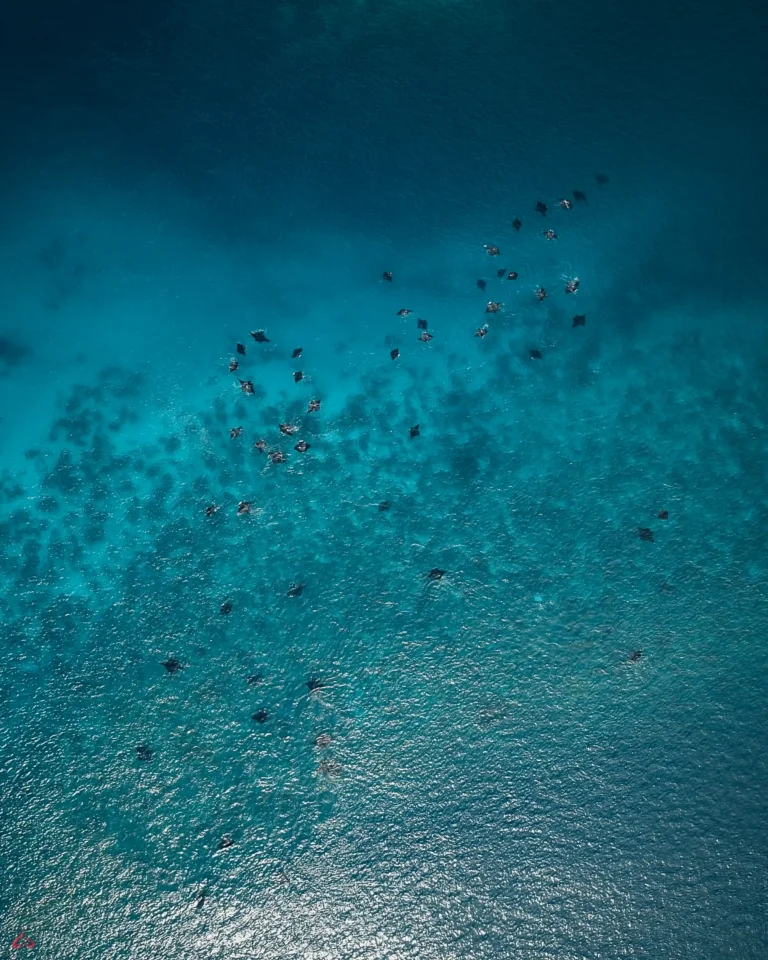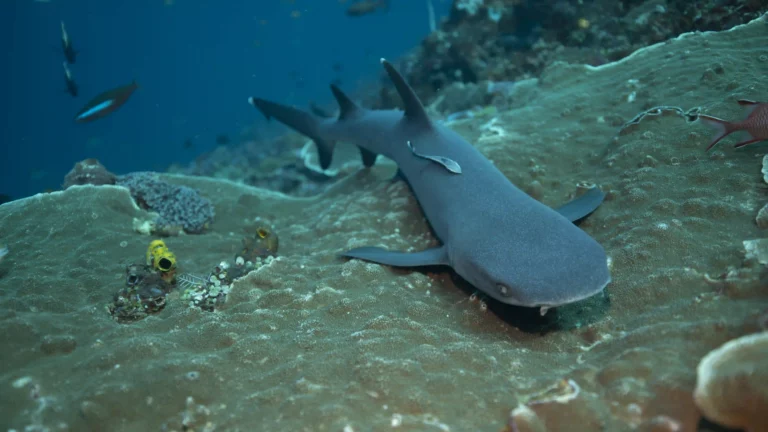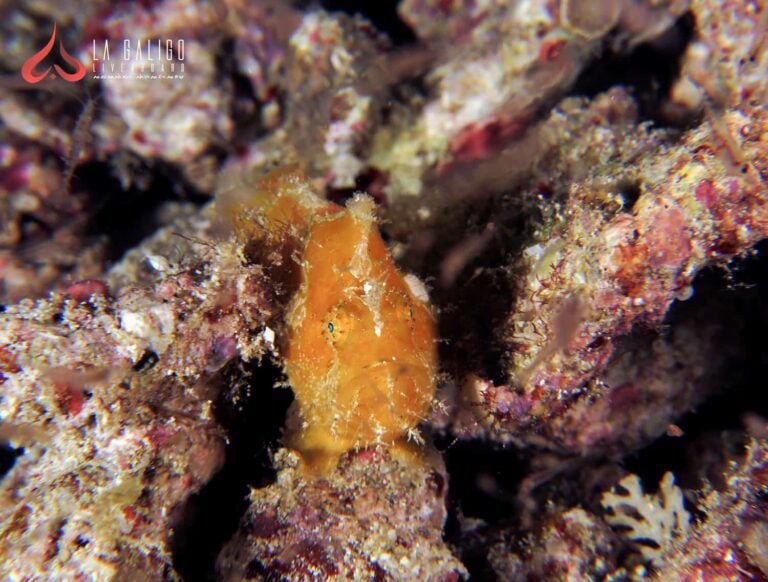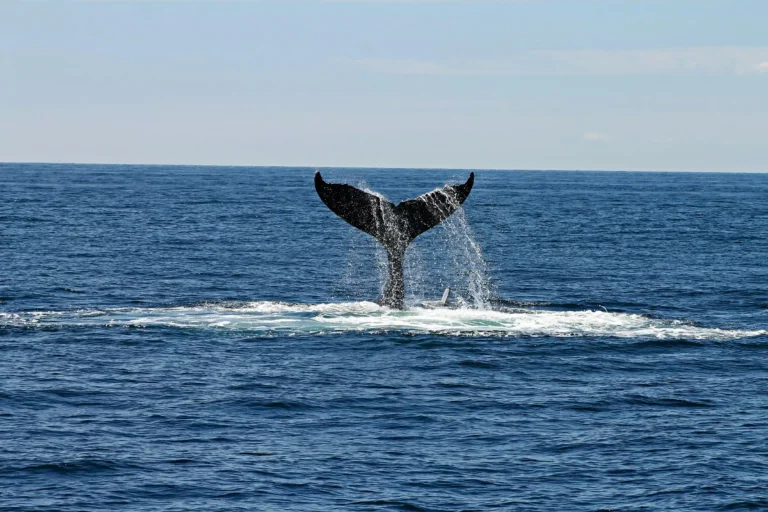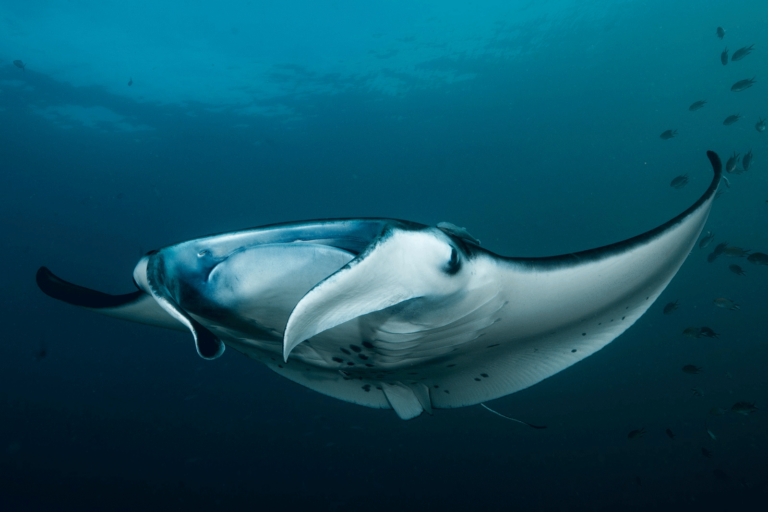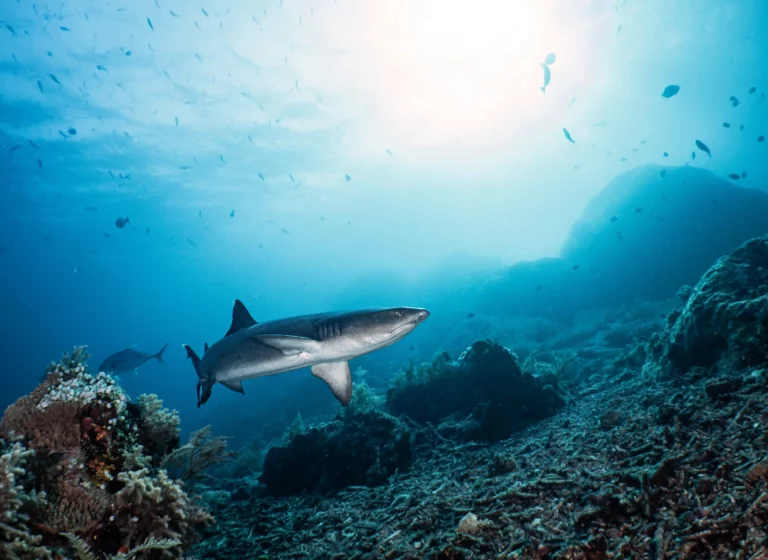People around the world celebrate World Oceans Day on June 8, and this could be your fantastic chance to learn more and become more aware of our planet’s oceans. But as the World Oceans Day Foundation states on their website, you can celebrate and contribute throughout the year!
Let’s read more about how to celebrate World Oceans Day especially for those of you who want to enjoy a boat trip. Here we provide a list of nine things you can do to preserve nature and enjoy our waters.
How a Boater Can Celebrate World Oceans Day
1. Minimise the Use of Plastic
As we know, plastic can be a major hazard to the health of the oceans. According to Surfers Against Sewage, there are more than five trillion macro and microplastic particles floating on the surface of the ocean. The plastic fragments floating on the ocean will inadvertently be eaten by various creatures living in the ocean. Therefore, sailors and non-sailors should be able to reduce the use of single-use plastics to preserve nature.
One fantastic technique to reuse plastic and save money is to refill your water bottle. Locate a recycling bank to drop off your old bottle when it’s time to replace it. If you are boating on a dive liveaboard, choose an operator that supplies reusable bottles like La Galigo Liveaboard.
2. Take Part in a Beach Cleanup
One way to celebrate World Ocean Day is by participating in a beach cleanup. When visiting the beach, prepare a trash bag that you can reuse to keep the beach clean, so as not to pollute the surrounding beach environment which is a form of your concern for preserving nature.
The Ocean Blue Project has information on both group and individual clean-ups, also check if the Surfrider Foundation has a branch near you, and the Ocean Conservancy has an interactive map showing local coastal clean-ups. Again if you are boating on a dive liveaboard you will find that some operators will also conduct a beach clean up as a part of their conservation efforts.
3. Consume seafood that is sustainable
One of the simplest ways to encourage ocean sustainability is to eat sustainable seafood. Make informed eating (or not eating) decisions by finding out where your neighbourhood market and restaurants get their fish from. In general, seafood from commercial centres or fish farmers should be avoided.
The Marine Stewardship Council states 3 core guidelines for how seafood can be sustainable.
Maintaining healthy populations of fish
Minimising impact on the marine environment
Fish in an area with effective, responsive, and responsible management
They also state that It would be ideal if seafood could likewise be tracked throughout its supply chain. This matters because seafood fraud endangers people’s livelihoods, contributes to the problem of overfishing, and poses health risks.
Choosing sustainable seafood is not only something you can do at home, but also check your local restaurants, resorts and liveaboard operators for the sustainability of their supply chain.
4. Avoid Tossing Debris Overboard
Not throwing garbage into the sea is one way to participate in preserving the ocean on World Ocean Day. Garbage thrown into the sea such as food scraps, cigarette butts and bottles will damage the sustainability of the sea which can be dangerous.
Trash that floats will be carried by the current which will also pollute the sea and make marine life eat it so that they will be contaminated, seriously injured and even die. Love nature by not throwing garbage into the sea.
Don’t forget that debris can include flushing out your boat sewerage system too. Remember the International Maritime Organisation has enforceable laws regarding where and when you can dump your waste. Annexe IV of MARPOL contains regulations pertaining to the prevention of sewage pollution.
ALSO READ : Ocean Pollution – 10 Dirty Facts
5. Follow Safe Anchoring Practices
Make sure you follow safe anchoring procedures if you’re boating on World Oceans Day or any other day. Examine the bottom conditions before anchoring in a new place. Steer clear of areas with high potential for damage from ground tackle and heavy anchors. Avoid anchoring in areas that have coral reefs, seagrass beds, or shellfish beds.
And remember that each individual locality will have its own unique rules and regulations in place when it comes to anchor placement. Each locality worldwide will also have a set of official government and non official NGO watchdogs monitoring this behaviour. One example of this is the popular private and commercial recreational diving hotspot of Raja Ampat. Here the Science Education Awareness (The SEA People) NGO is an example of one of the independent non government watchdogs of the area. This organisation runs a community contribution reporting application.
6. Support Marine Protection Foundations and Organizations
Donate to a foundation or organisation that promotes marine conservation if you want to observe World Oceans Day from the comfort of your couch. If you’re not sure where to begin, two organisations committed to preserving our blue waters are the Ocean Foundation and the Ocean Conservancy. Also check for smaller regional Non Government Organisations (NGO’s), theses guys really do some great work and put all their heart and soul into it.
7. Increase the Energy Efficiency of Your Boat
Maintaining your boat’s engine well is a simple way to increase its energy efficiency. Furthermore, recently charged fuel filters eliminate superfluous fuel particles, and fuel additives maintain engine cleanliness while dissolving harmful materials.
Additionally, you must make sure that the propeller on your boat is the right size and type for it, as damaged or bent blades will not provide the maximum thrust.
Reducing the weight on board your boat is another way to optimise its energy efficiency. Emptying the holding tank and packing only what you need for a trip are our recommendations. When cruising, try to maintain the hull level at maximum thrust and add more weight to the front of the vessel.
If you are running generators for extended periods consider acquiring some solar panels to run your boat. This applies to small personal craft as well as commercial operations, especially when they are manned 24 hours a day in downtimes in port.
8. Follow Careful Fueling Practices
In general, gas station pumps are slower than dock-fueling pumps. Consequently, it is not unusual for boat fuel to unexpectedly backsplash or drip from the tank. Regrettably, plenty of inattentive boaters ignore the fact that their fuel tank is full, causing them to dump extra fuel into the water. Because doing so prevents pollutants from entering our waterways and safeguards marine life, we advise exercising caution and mindfulness whenever you refuel. Hydrocarbons found in all types of fuels and oils are extremely available and toxic to marine fauna and flora. Small spills can have a big detrimental impact in the ecosystem, so don’t take the “It’s just a drop in the Ocean” mentality.
9. Use Non-Toxic Soaps and Cleaners
Boaters should always wash their boats with non-toxic or phosphate-free soap to preserve our waterways. And why? Well, soaps with phosphates cause algal blooms, which kill off wildlife, blocks out sunlight for water plants, and reduces the oxygen content of the water.
Boat owners should also refrain from using toxic cleaners that include harsh chemicals or solvents like ammonia, chlorine, potassium hydroxide, etc. Choose non-toxic cleaning products or the traditional vinegar-water solution instead.
And remember that this does not just apply to your hull. Make sure you are not cleaning your wetsuit in damaging cleaning products, or cleaning down toilets, showers, dishes etc in anything that will end up in the water causing harm. There are plenty of alternatives available to all of these solutions, normally consisting of essential oils, vinegars and other natural non damaging ingredients. Recipes are readily available online if you have a quick google search.
ALSO READ : The Underwater World of the Komodo National Park – Part 1 Big Creatures


